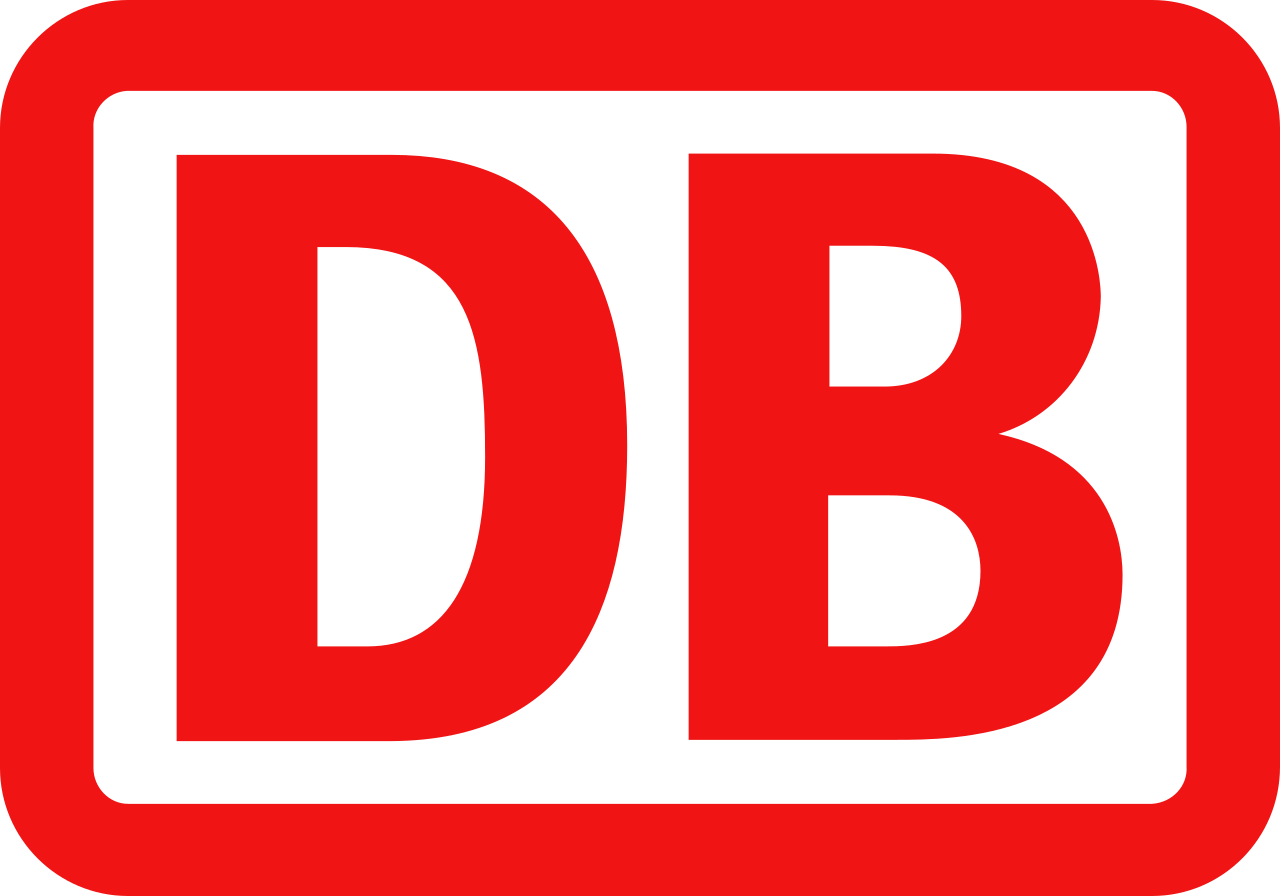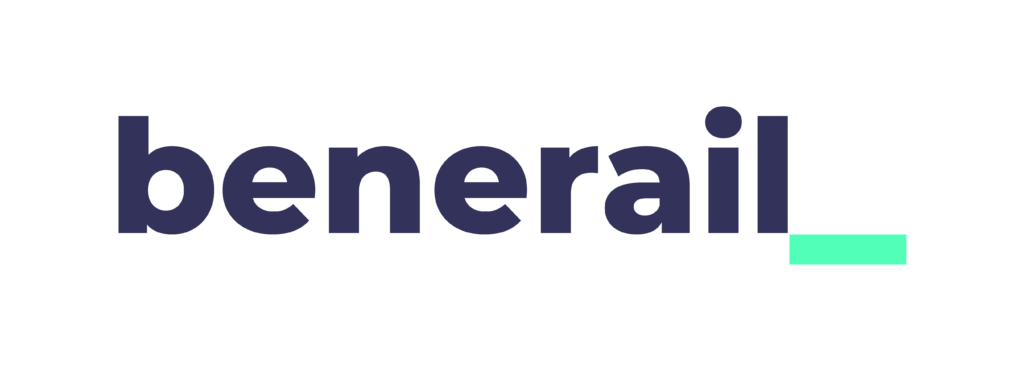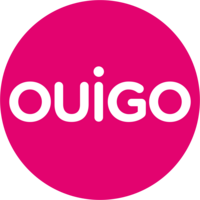
You can buy train tickets directly from the operator or through a reseller. The reseller is typically slightly more expensive (3-5%) but can provide an easier booking experience, especially if you travel with more than one operator.


These operators provide a complete journey either as a direct connection or through their partners. Even if a change of trains is involved, it’s all part of a single itinerary managed by the same train company or its partners, offering a smoother and more coordinated travel experience.



Some operators don’t run direct trains the whole way, but they serve either the departure or arrival station. In many cases, you can combine two of these operators to complete your journey by changing trains along the way. This is often a flexible and budget-friendly way to travel — especially if you’re comfortable piecing together your own itinerary.
Just keep in mind that these are separate journeys, which means a delay on the first leg could cause you to miss the second without automatic compensation or rebooking. It’s a great option for confident travelers who don’t mind a bit of extra planning.




Deutsche Bahn is the German railway company known for its extensive and reliable network across Europe. It operates a variety of trains, including high-speed ICE (InterCity Express) trains, which are renowned for their comfort and efficiency. These trains are equipped with modern amenities such as spacious seating, Wi-Fi, power outlets, a bistro or restaurant car, and quiet zones. Deutsche Bahn offers excellent customer support with services available online, via phone, and at their stations, including help desks and ticket counters. They also provide apps for easy booking and real-time travel updates.
Benerail is an alliance of several rail operators for handling train ticketing and distribution in the Benelux region (Belgium, Netherlands, and Luxembourg). While Benerail itself is not a rail service provider, the operators it represents typically include Thalys and Eurostar, which offer high-speed trains with similar amenities to those found on Deutsche Bahn services. These include comfortable seating, on-board dining options, and Wi-Fi on some parts of their networks. The customer service experience varies by the specific operator, but generally includes support through websites, mobile apps, and customer service desks at major train stations.
Flixbus is primarily known for its long-distance bus services, but it also provides train services in some European countries through FlixTrain. The trains operated by FlixTrain offer a budget-friendly travel option and are equipped with essential amenities like free Wi-Fi, power outlets, and a selection of snacks and drinks available for purchase. FlixTrain aims to provide straightforward and economical travel, and their customer support includes online self-service options, a mobile app for bookings, and customer service available via phone and email.
For first-time travelers, it’s important to check the specific train service and route for amenities available on board, as well as rules regarding reservations and ticket purchasing to ensure a smooth travel experience.
The Interrail Global Pass is valid for traveling by train from Paris to Copenhagen. The Interrail One Country Pass is not applicable as it covers travel within a single country, and you are traveling across multiple countries. The Eurail Pass is also valid for this journey, but only for those who are not residents within the EU.
Upon arriving in Copenhagen by train, you will likely disembark at Copenhagen Central Station (Københavns Hovedbanegård). From here, getting around the city is convenient thanks to its efficient public transportation system. The Metro is one of the fastest ways to travel across the city. It operates 24/7 and has lines M1, M2, M3 (City Circle Line), and M4 that connect major districts, including the airport. The City Circle Line (M3) is particularly useful for traveling around the central part of Copenhagen as it connects central neighborhoods and key attractions. Buses complement the Metro system and cover areas not directly served by the Metro. They are frequent and operate on an extensive network with clear schedules visible at all stops. The S-trains (S-tog) are another key component, especially for reaching suburban areas. They run from early morning until late at night and connect with other modes of transportation at several interchange hubs. Taxis are readily available and can be hailed on the street or found at designated taxi stands near major locations like train stations and airports. Ridesharing services like Uber are not available, as Uber does not operate in Copenhagen. For those looking to explore on a bike, Copenhagen is known as one of the most bicycle-friendly cities in the world, with extensive bike lanes and rental services like Donkey Republic and Bycyklen available throughout the city.
Copenhagen is well-connected by train both domestically within Denmark and to international destinations. Domestically, one of the most popular rail routes is from Copenhagen to Aarhus, Denmark’s second-largest city, with frequent InterCity (IC) services offering comfortable and efficient travel across the scenic Danish countryside. Another key domestic connection is to Odense, located on the island of Funen, a journey that is part of the main rail line connecting Copenhagen to other major cities. The Odense route is well-served by both InterCity and regional trains. Internationally, Copenhagen is linked to Malmö and the wider Swedish rail network via the Øresund Bridge, with frequent Øresundståg services. This connection allows for an easy trip to cities such as Lund and Gothenburg. For a longer international journey, there are direct trains to Hamburg, Germany, with the EuroCity service providing a convenient and direct link between the two cities, emphasizing cross-border travel with comfort and efficiency. These connections highlight Copenhagen’s role as a pivotal hub in the Scandinavian and wider European rail network.
The best time to visit Copenhagen is during the late spring (May to June) and early autumn (September). During these months, the weather is generally mild and pleasant, making it ideal for exploring the city. These periods avoid the peak summer tourist season, offering more affordable accommodations and a less crowded experience. The arrival of spring in May brings blossoming gardens and longer daylight hours, while September offers a canvas of autumn colors and still comfortable temperatures. These months also host a variety of activities and festivals. In May, the Copenhagen Carnival brings a colorful Brazilian-inspired parade to the city, while September’s Golden Days Festival celebrates Danish culture and history. Arriving by train during these times ensures a scenic journey with potentially lower costs and fewer tourists, enhancing your overall Copenhagen experience.
When traveling from Paris to Copenhagen by train, consider packing the following items: your passport and any necessary visas for Schengen travel as these are required travel documents; a valid train ticket or reservation; a power adapter with support for Type C and Type K plugs since Denmark uses different outlets than France; a portable charger to keep devices powered during the journey; comfortable clothing and a travel pillow for a relaxed ride; snacks and a refillable water bottle to stay hydrated and satiated; entertainment such as books, headphones, or a tablet for longer stretches; a small bag for toiletries including hand sanitizer, face mask and facial tissues; weather-appropriate clothing such as a lightweight jacket or umbrella, especially for Copenhagen’s often unpredictable weather; local currency or a credit card for any incidental purchases; a guidebook or language app to assist with navigation and communication in Denmark; a small first-aid kit with essentials like band-aids, pain relievers, and any personal medications.